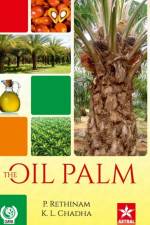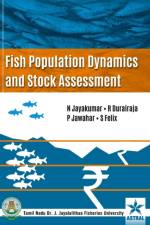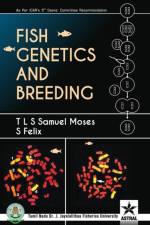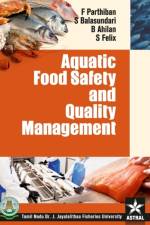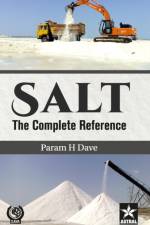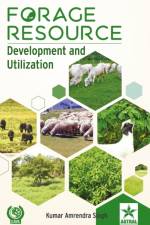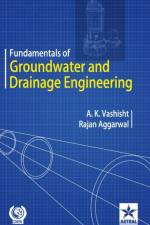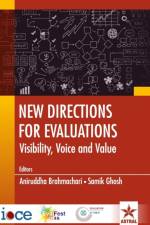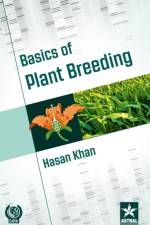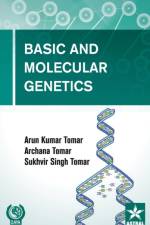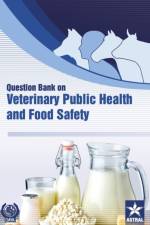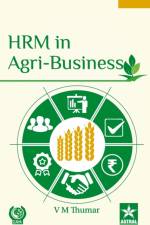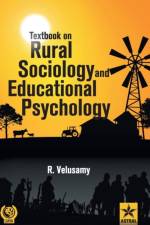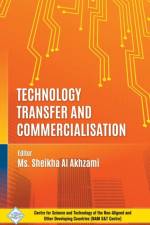775,-
Capability for innovation can be developed through a dynamic process involving various stakeholders such as governments, academic and research institutions, and industry with the help of a combination of schemes and programmes for R&D, technology transfer and commercialisation, and for the development of new technology-based industry; backed up by adequate support facilities and suitable institutional mechanisms. The important factors for successful commercialisation of technology include S&T capability, market demand and an agent (an Entrepreneur) which transforms this capability into goods and services, to satisfy such demand. For the technological self reliance, developing countries should encourage academic and research institutions to undertake activities on technology transfer and commercialisation through appropriate policy decisions with greater flexibility wherever required. To deliberate on various issues concerning the technology transfer and its commercialisation, the NAM S&T Centre, in partnership with the Pardis Technology Park (PTP), Tehran, Iran organised an International Training Workshop on 'Commercialisation of Technology' during 23-26 May 2016 at PTP, which brought the scientists, experts and professionals engaged in R&D, policy making and implementation to a common platform for re-assessing and up-gradation of their skills and sharing views and experiences in the transfer and commercialisation of technology. The Tehran Training Workshop was attended by 26 senior professionals from 20 NAM countries, including Cambodia, Cuba, Ghana, India, Iraq, Kenya, Malaysia, Mauritius, Nigeria, Oman, Pakistan, Palestine, South Africa, Sri Lanka, Tanzania, Togo, Venezuela, Zambia and Zimbabwe and the host country Iran. The present book edited by Ms. Sheikha Al Akhzami, Acting Director of the Innovation and Entrepreneurship Department at Sultan Qaboos University, Sultanate of Oman is a follow up of the above Training Workshop and comprises 14 papers by the authors from 9 countries covering several important issues related to commercialisation of technologies. The book will be useful to policy makers, researchers, academicians and other professionals involved with various aspects of technology development and its commercialisation across the countries with emerging economies.

